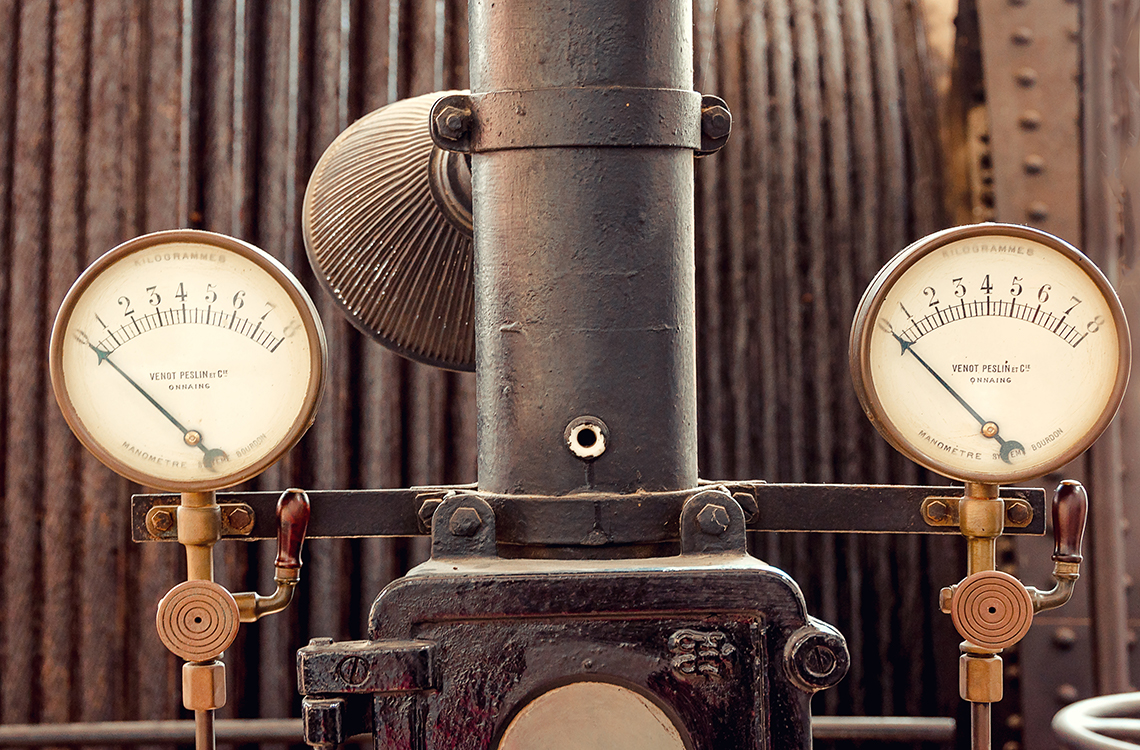
5 Things You Need to Know About Differential Pressure
Proper utilization of differential pressure can help ensure filter efficiency
Article written by FCX Performance, Inc
Your filtration system is a key part to your process. Therefore, it is critical to ensure your filter is performing at its best.
In the final part of our mini-series, Filter Performance 101, we will be discussing the most imperative factor than can impact filter performance, differential pressure.
What is differential pressure?
Is all differential pressure bad?
No! In fact, you need to have differential pressure in order to operate a filtration system. If you are trying to install a filtration system and there is no room for differential pressure to build up, you will not be able to install it in that location. Filters naturally create a pressure drop as they collect contaminants; if there is no room for the filter to build any differential pressure, the filter will need to be changed before it is fully utilized. Typically, there is no more than 1 PSI difference between the inlet and outlet pressure when new filter media is installed (this is known as clean differential pressure).
How does differential pressure impact my filter’s performance?
Differential pressure can impact your filter’s performance in many ways. For instance, it can help you:
Maximize your filter’s life by determining when you need to change your filter
Differential pressure is a good indicator of when your filter needs to be changed in comparison to changing it based on time. Most filter medias have some sort of maximum differential pressure rating. This rating usually indicates the point at which the filter will fail, but it is strongly recommended the filter is changed at a far lesser value than the failure limit. A good rule-of-thumb is once the media reaches a differential pressure of 15-30 PSID, it should be changed.
If you change your filter based on time, you risk changing it out too often or not enough. Changing your filter too often or too early can lead to unnecessary filter media costs since the differential pressure may be far below the recommended 15-30 PSID. If you’re not changing your filter media enough, you might have too much dirty differential pressure built up (above 15-30 PSID), potentially compromising the filter media or allowing contaminants to flow into final product. In short, changing out your filter at the appropriate differential pressure can maximize your filter’s life.
Ensure filter longevity by avoiding high clean differential pressure
Clean differential pressure is a pressure loss that occurs through the filter housing and the filter media when it is new. Essentially, a high clean differential pressure can cause your new filter to start at a higher differential pressure than the usual 1 PSID. While there will always be some differential pressure caused by the filter media, the vessel itself can also impose this unwanted pressure drop if it's too small for the process’ flow rate. This happens due to restrictions inside the vessel that are smaller than the cross-sectional area of the inlet/outlet connections, drastically shortening the life of the filter media because there is less room between the clean differential pressure and dirty differential pressure limit.
A good best practice is to ensure the cross-section open area in the separator plate meet or exceed the inlet and outlet nozzles because a low open area in the separator plate can create unwanted differential pressure. A lack of proper filter media surface area for the given application can also impose unwanted clean differential pressure. When a filtration system is properly optimized, there should be little to no clean pressure drop through the vessel or filter media.
It is imperative to ensure the downstream flow of your process is controlled so the outlet of the filter is pressurized or is in a closed loop system. If this critical step is overlooked, the filter will take 100% of the differential pressure, creating a no-flow scenario. This can normally be avoided by adding some sort of restriction, such as an adjustable valve to the outlet of the filter system, to create some backpressure and allow the product to properly flow.
Prevent product contamination by monitoring your dirty differential pressure
Dirty differential pressure is the pressure the filter builds up as it collects contaminants. Remember, a filter media should typically be changed at a dirty differential pressure between 15-30 PSID. It is important to consider the pressure needs for the overall filtration system to ensure the naturally occurring dirty differential pressure drop does not impact the process where the filter is installed.
The higher the differential pressure, the more likely a filter’s efficiency will decrease, allowing unwanted contaminants downstream and potentially damaging seals or other equipment. In extreme cases, when the dirty differential pressure exceeds the media’s maximum differential rating, it can physically fail and release contaminants downstream. Catastrophic failures can lead to product quality issues as well as unplanned maintenance for downstream process equipment.
Utilizing differential pressure is not only imperative to filter performance, but it is an essential factor in the filtration process. We hope you enjoyed this mini-series and were able to improve your process’ filter performance. Make sure you are following us on LinkedIn so you don’t miss out on more valuable tips.
Talk with an expertAt FCX, we can help you make sure that your filtration system is performing at its best. Talk with our experts, who have more than 100 combined years of experience, to find the best solution for you and everything on the pipe! |


